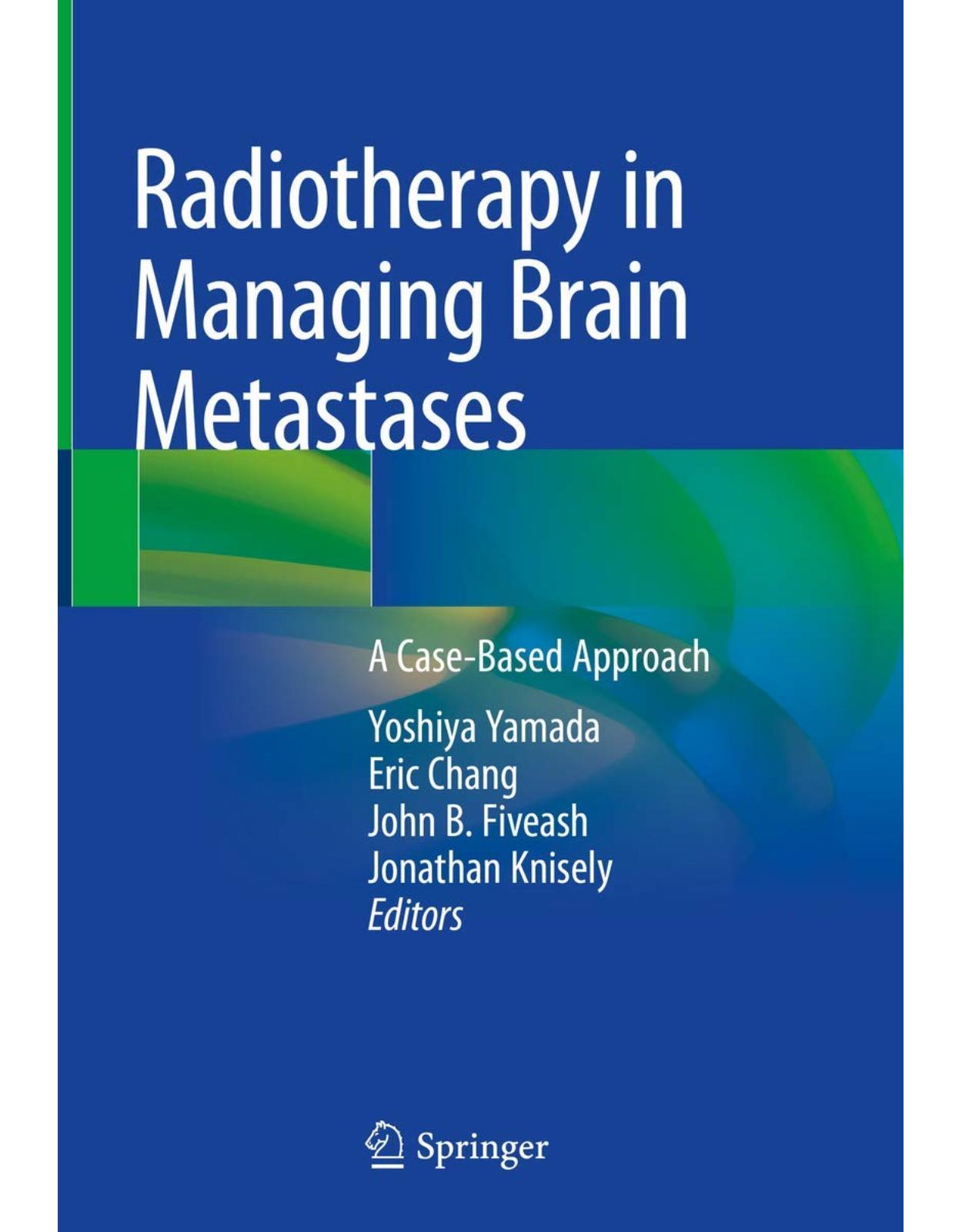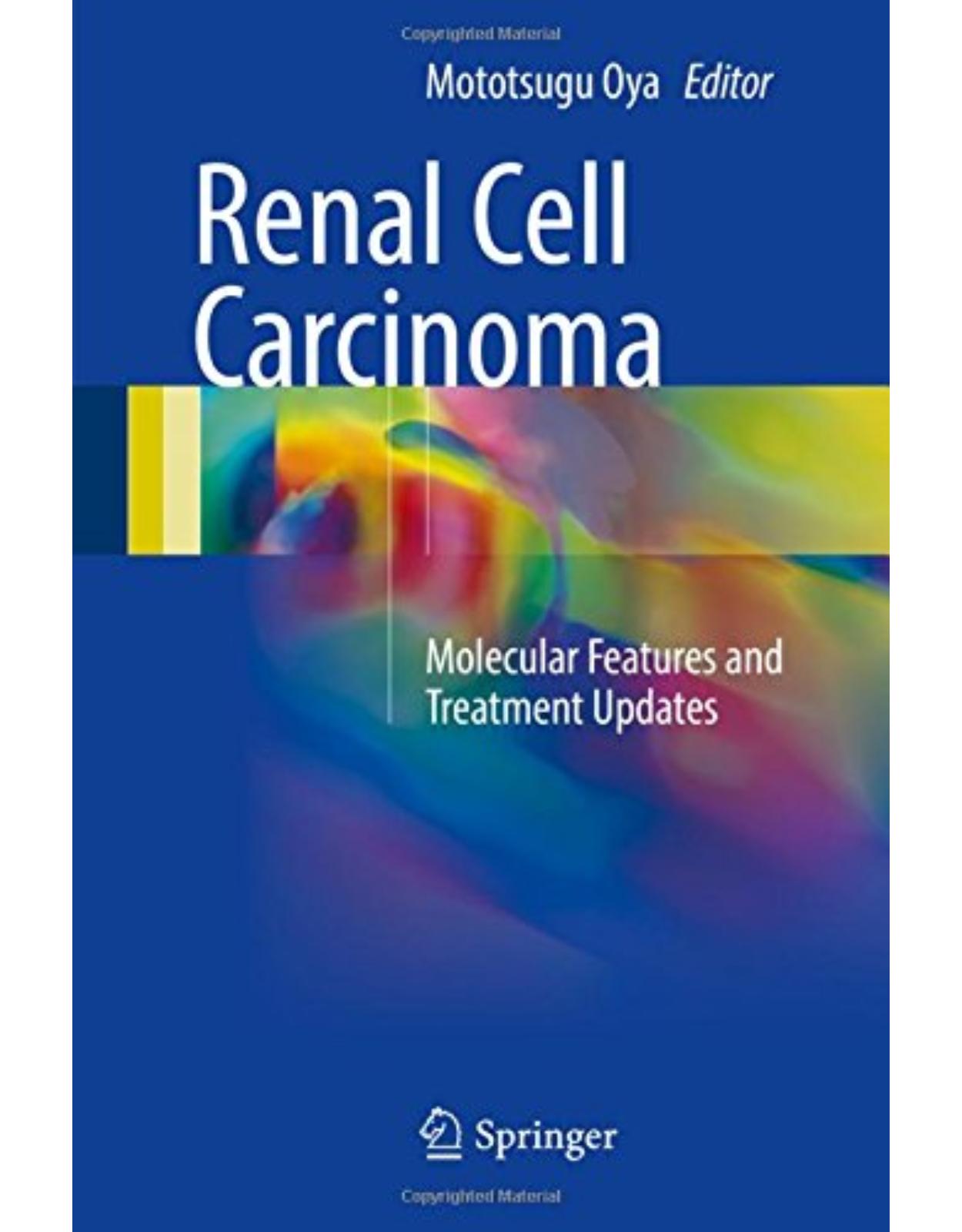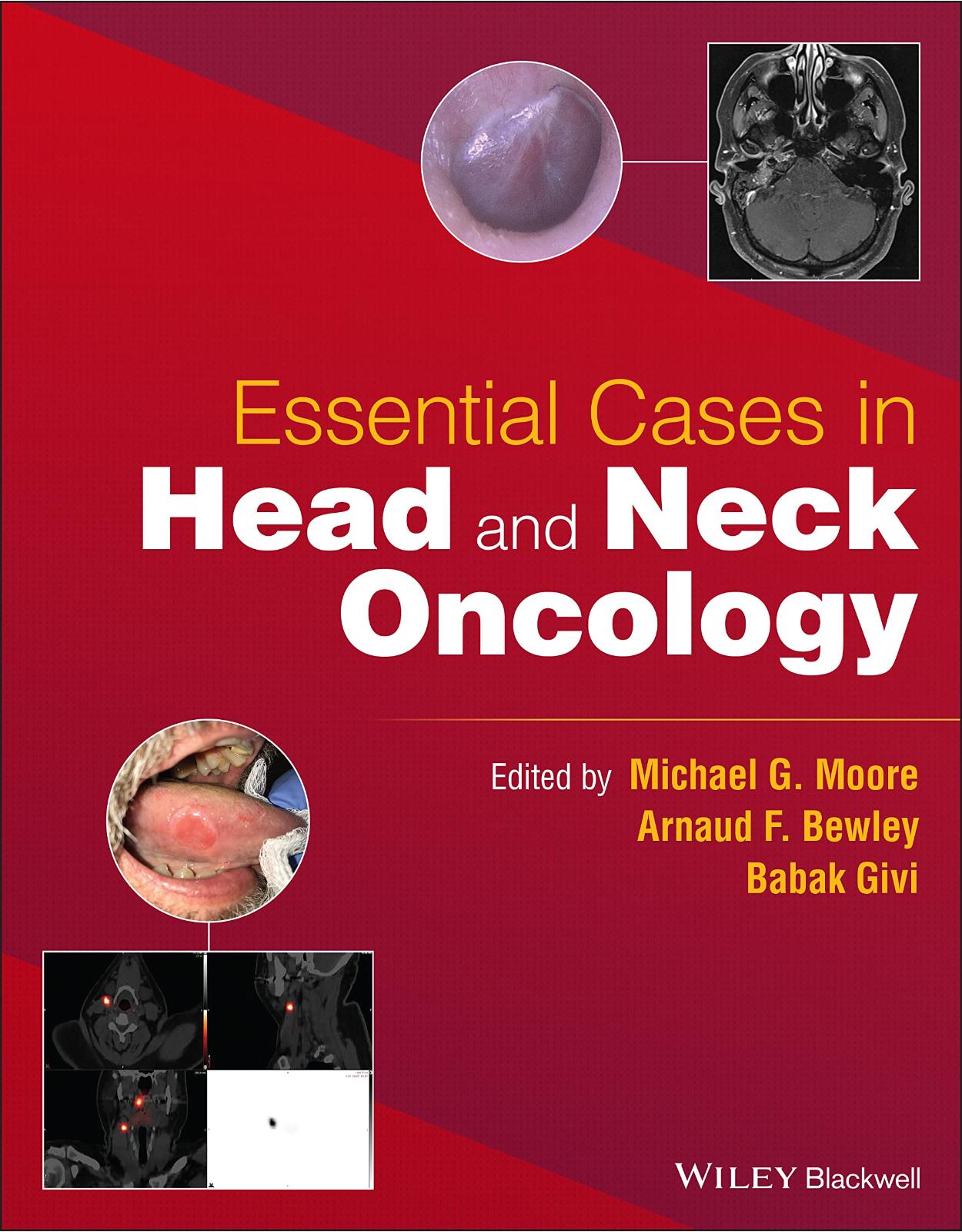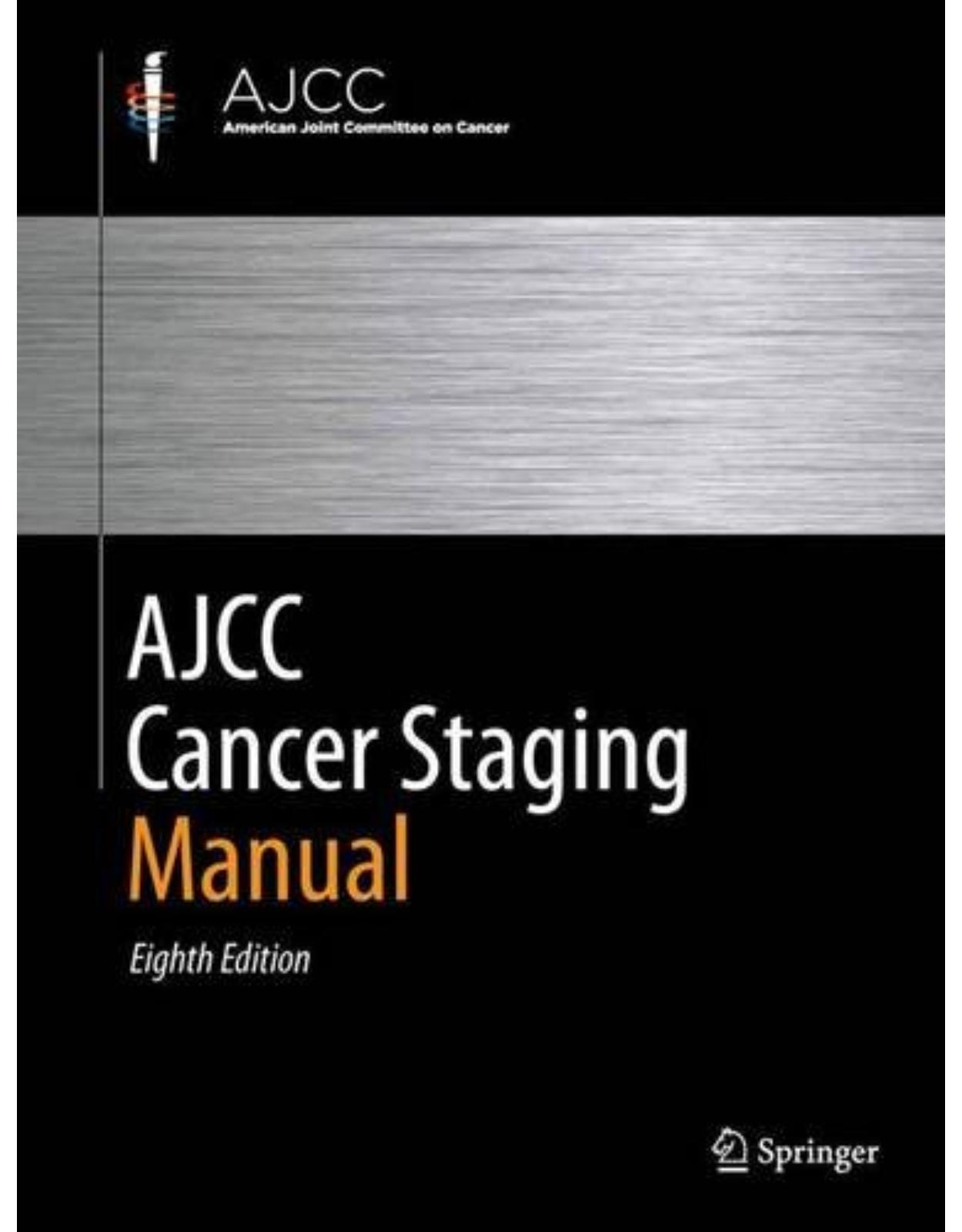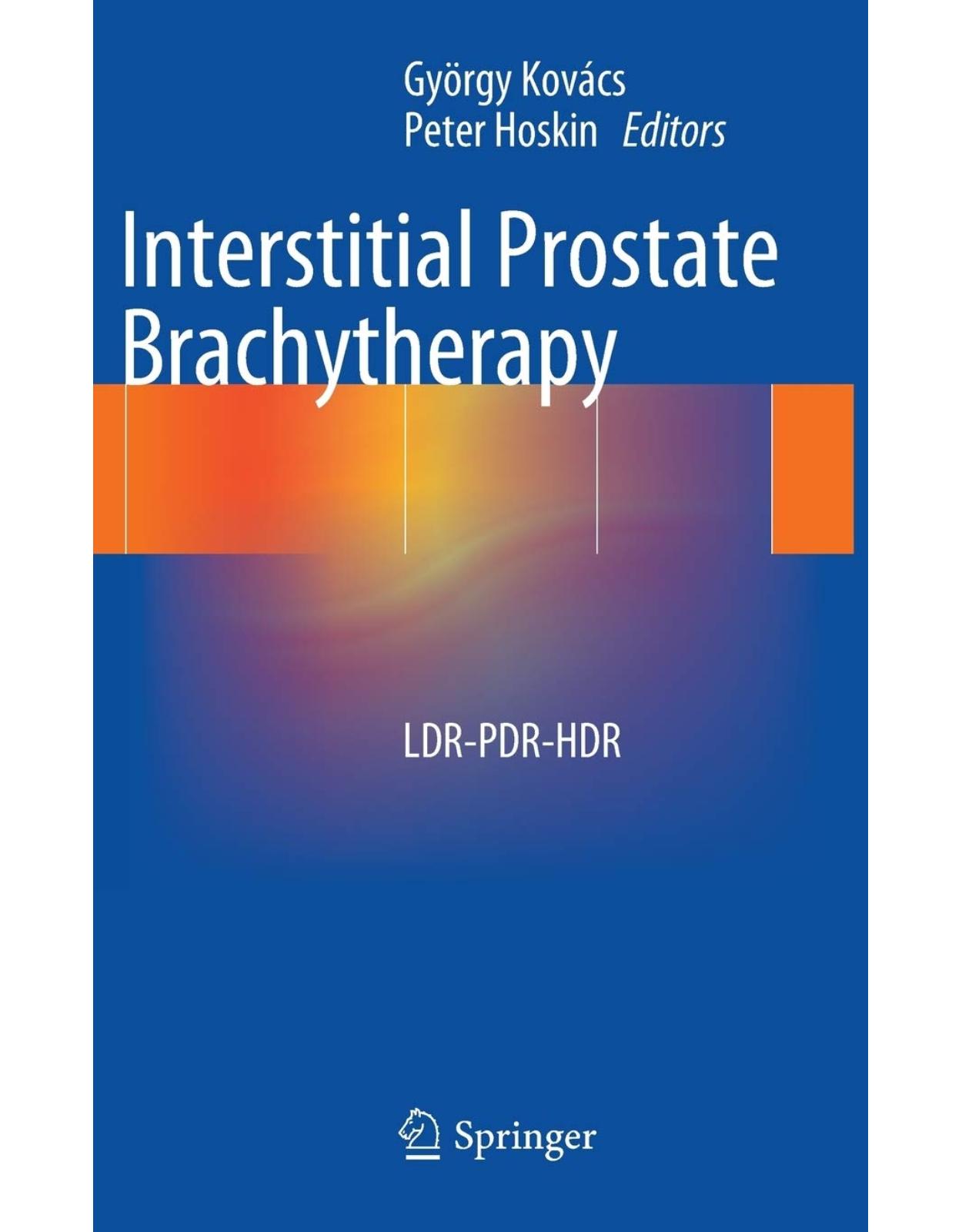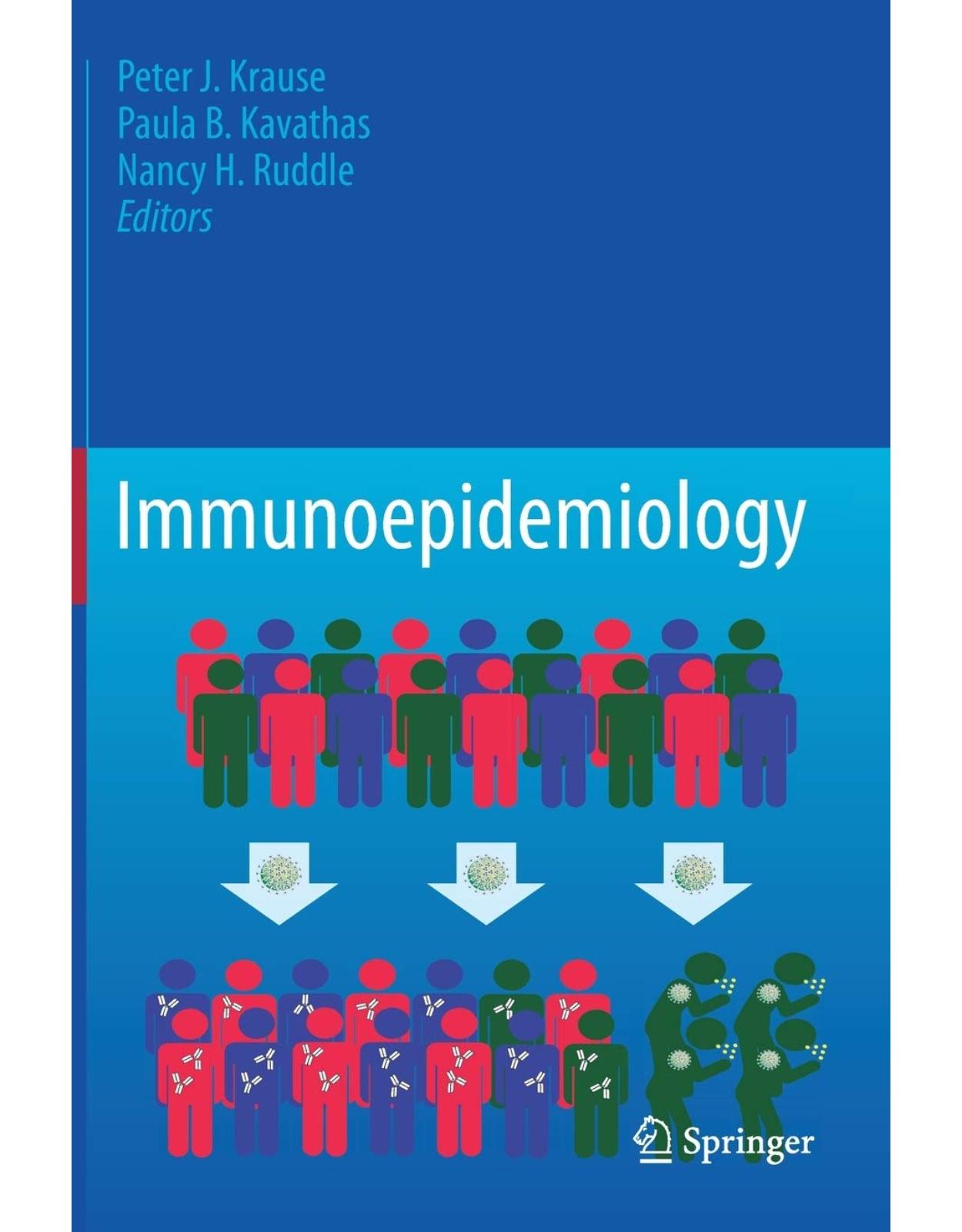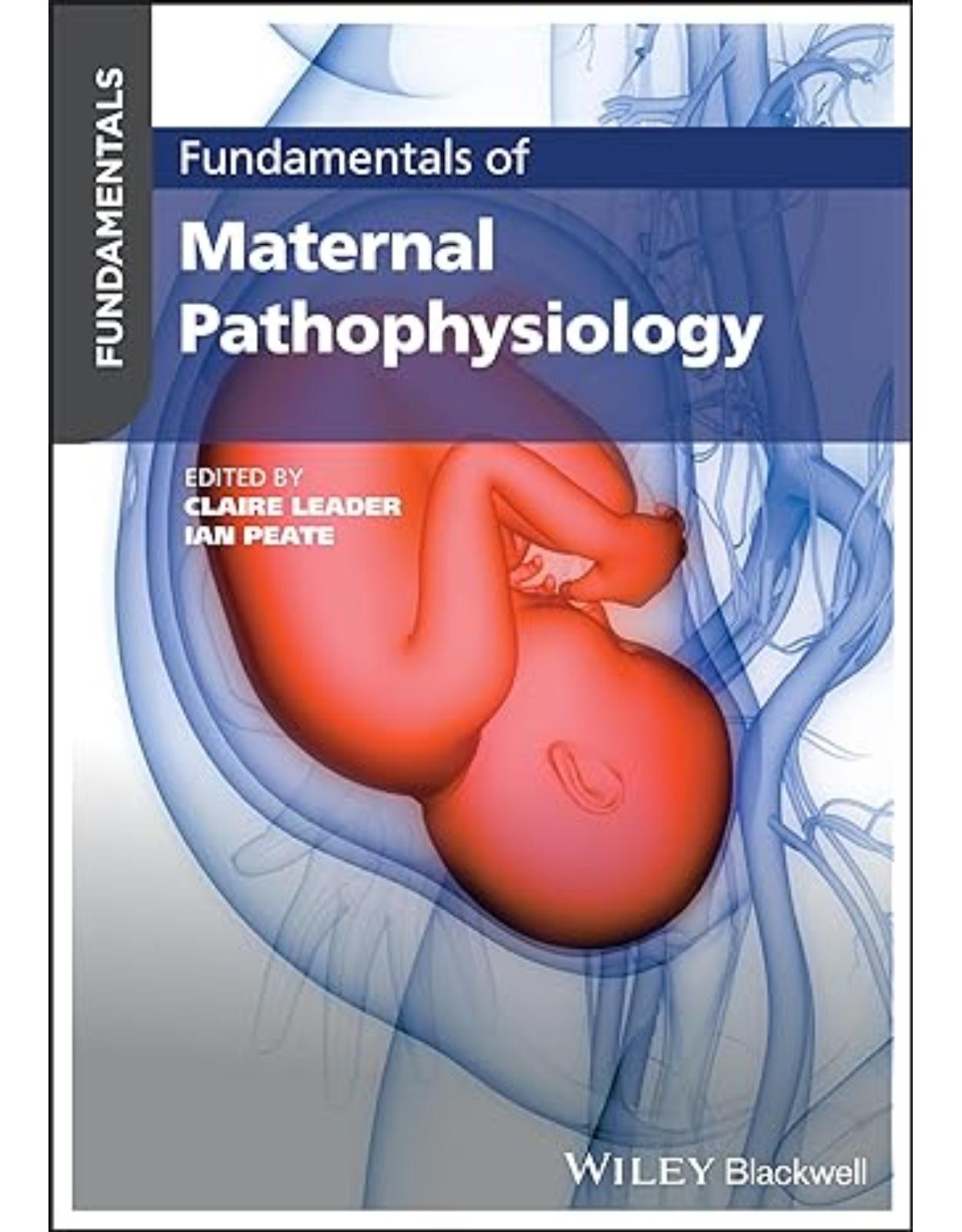
Primer on Radiation Oncology Physics Video Tutorials with Textbook and Problems
Livrare gratis la comenzi peste 500 RON. Pentru celelalte comenzi livrarea este 20 RON.
Description:
Gain mastery over the fundamentals of radiation oncology physics! This package gives you over 60 tutorial videos (each 15-20 minutes in length) with a companion text, providing the most complete and effective introduction available. Dr. Ford has tested this approach in formal instruction for years with outstanding results. The text includes extensive problem sets for each chapter. The videos include embedded quizzes and "whiteboard" screen technology to facilitate comprehension. Together, this provides a valuable learning tool both for training purposes and as a refresher for those in practice. Key Features A complete learning package for radiation oncology physics, including a full series of video tutorials with an associated textbook companion website Clearly drawn, simple illustrations throughout the videos and text Embedded quiz feature in the video tutorials for testing comprehension while viewing Each chapter includes problem sets (solutions available to educators)
Table of Contents:
Introduction
1 Basic Physics
1.1 Waves and Particles
1.1.1 Electromagnetic Waves
1.1.2 Particles
1.1.3 Waves or Particles?
1.2 Atomic Structure
1.2.1 Structure of the Atom and Coulomb’s Law
1.2.2 Quantum (Bohr) Model of the Atom
1.2.3 Quantities and Units
Further Reading
Chapter 1 Problem Sets
2 Nuclear Structure and Decay
2.1 Nuclear Structure and Energetics
2.1.1 Nuclear Structure and Nomenclature
2.1.2 Chart of Isotopes and Binding Energies
2.1.3 Nuclear Decay and Energy Release
2.1.4 Nomenclature for Isotopes
2.2 Nuclear Decay Schemes
2.2.1 Beta-Minus Decay
2.2.2 Beta-Plus Decay
2.2.3 Beta Decay: Production and Half-Life
2.2.4 Alpha Decay
2.2.5 Other Decay Modes
Further Reading
Chapter 2 Problem Sets
3 Mathematics of Nuclear Decay
3.1 Exponential Decay
3.1.1 Introduction to Exponential Decay
3.1.2 Activity and Units of Activity
3.1.3 Half-Life
3.1.4 Mean-Life
3.2 Equilibrium of Isotopes
Further Reading
Chapter 3 Problem Sets
4 Brachytherapy I
4.1 Brachytherapy Sources and Isotopes
4.1.1 Common Isotopes: LDR/HDR Brachytherapy
4.1.2 LDR Source Design
4.1.3 HDR Source Design
4.1.4 Other Forms of Brachytherapy
4.2 Brachytherapy Exposure and Dose
4.2.1 Exposure
4.2.2 Exposure Rate from Brachytherapy Sources
4.2.3 Inverse Square Falloff
4.2.4 TG43 Formalism and Air Kerma Strength
4.2.5 TG43 Dose Calculation Formalism
Further Reading
Chapter 4 Problem Sets
5 Photon Interactions with Matter
Introduction: Photons and Particles in Radiation Therapy
5.1 Low-Energy Photons
5.1.1 Coherent Scattering
5.1.2 Photoelectric Effect Process
5.1.3 Photoelectric Effect: Interaction Probabilities
5.2 Interaction of High-Energy Photons
5.2.1 Compton Scattering
5.2.2 Compton Scattering: Interaction Probabilities
5.2.3 Compton Scattering: Directionality Dependence
5.2.4 Pair Production
5.2.5 Interaction Cross-Sections: Putting It All Together
5.2.6 Photonuclear Reaction
5.3 Useful Reference Information: Photon Data
Further Reading
Chapter 5 Problem Sets
6 Photon Beams, Dose, and Kerma
6.1 Beam Attenuation and Spectra
6.1.1 Photon Beams: Exponential Attenuation
6.1.2 Half-Value Layer (HVL) and Tenth-Value Layer (TVL)
6.1.3 Z-Dependence in the Compton Regime
6.1.4 Beam Hardening and Attenuation
6.1.5 Beam Hardening: Effect on HVL
6.2 Dose and Kerma
6.2.1 Dose and Kerma in a Photon Beam
6.2.2 Electronic Equilibrium and Buildup
Further Reading
Chapter 6 Problem Sets
7 Particle Interactions with Matter
7.1 Radiative Energy Loss
7.1.1 Introduction: Charged Particle Interactions
7.1.2 Stopping Power
7.1.3 Radiative Stopping Power, Srad: Mass and Z Dependence
7.2 Collisional Energy Loss
7.2.1 Collisional Stopping Power, Scoll, of Electrons
7.2.2 Energy Loss of Protons
7.2.3 Path of Charged Particles
7.3 Neutron Energy Loss and LET
7.3.1 Neutrons
7.3.2 Linear Energy Transfer (LET) and Relative Biological Effectiveness (RBE)
7.4 Useful Reference Information: Charged Particle Data
Further Reading
Chapter 7 Problem Sets
8 X-Ray Tubes and Linear Accelerators
8.1 X-Ray Tubes
8.1.1 Electron Acceleration and Energy
8.1.2 X-Ray Tubes: Physical Processes
8.1.3 Anode Design and Materials
8.1.4 X-Ray Tube Spectra
8.2 Beam Production in Linear Accelerators
8.2.1 Rationale for Megavoltage (MV) Beams
8.2.2 Acceleration with RF Waves
8.2.3 Linac Waveguides
8.2.4 Microwave System
8.2.5 Bending Magnets and Targets
8.2.6 X-Ray Production in Linac Targets
8.2.7 Linac Beam Energy
Further Reading
X-Ray Tubes
Linacs
Chapter 8 Problem Sets
9 Medical Linear Accelerators
9.1 Linac Collimation System
9.1.1 C-Arm Linac Geometry
9.1.2 Components of the Linac Head
9.1.3 Linac Electron Beams
9.1.4 Beam-Shaping Devices
9.1.5 MLC Design
9.1.6 Penumbra
9.1.7 MLC Interleaf Leakage and the Tongue-and-Groove Effect
9.1.8 C-Arm Linac Collimation Systems
9.2 Linear Accelerator Systems
9.2.1 TomoTherapy
9.2.2 CyberKnife
9.2.3 MR-Guided Linacs
Further Reading
Chapter 9 Problem Sets
10 Megavoltage Photon Beams
10.1 Basic Properties of Megavoltage Photon Beams
10.1.1 Introduction to Percent Depth Doses (PDDs)
10.1.2 Buildup and dmax
10.1.3 PDD: Energy and Field Size
10.1.4 Profiles and Penumbra
10.1.5 Profile Flatness
10.2 Megavoltage Photon Beams: Effects in Patients
10.2.1 The Physics of Skin-Sparing
10.2.2 Skin-Sparing Dependencies
10.2.3 Bolus
Further Reading
Chapter 10 Problem Sets
11 Megavoltage Photon Beams: TMR and Dose Calculations
11.1 PDD and TMR
11.1.1 TMR Definition
11.2 Monitor Unit (MU) Calculations
11.2.1 MU Calculation Formula
11.2.2 Example MU Calculations
11.2.3 MU Calculations at an Extended Distance
11.2.4 MU Calculations with PDD
11.2.5 Equivalent Squares
Further Reading
Chapter 11 Problem Sets
12 Photon Beam Treatment Planning: Part I
12.1 Dose Calculation Algorithms and Inhomogeneities
12.1.1 Dose Calculation: TERMA and Kernels
12.1.2 TPS Beam Model
12.1.3 TPS Dose Algorithms
12.1.4 Inhomogeneities: Lung
12.1.5 Inhomogeneities: Bone
12.2 Treatment Planning with Megavoltage Photon Beams
12.2.1 Treatment Planning with Multiple Fields
12.2.2 Treatment Planning with Wedges
Further Reading
Chapter 12 Problem Sets
13 Photon Beam Treatment Planning: Part II
13.1 Volume Definitions and DVHs
13.1.1 ICRU Volume Definitions
13.1.2 Nomenclature from AAPM Task Group 263
13.1.3 Margins
13.1.4 Standards for Prescriptions
13.1.5 Dose Volume Histogram (DVH)
13.1.6 Conformity Index
13.1.7 Point Dose vs. Volumetric Dose Prescription
13.2 Plan Quality, TCP, and NTCP
Further Reading
Chapter 13 Problem Sets
14 IMRT and VMAT
14.1 IMRT and VMAT Delivery
14.1.1 Rationale for IMRT
14.1.2 Delivering IMRT Treatments
14.1.3 Other IMRT Delivery Methods
14.2 Inverse Planning
14.2.1 Forward vs. Inverse Planning
14.2.2 Cost Functions and Optimization
Further Reading
Chapter 14 Problem Sets
15 Megavoltage Electron Beams
15.1 Basic Physics and PDDs of MV Electron Beams
15.1.1 Introduction to Electron Therapy Beams
15.1.2 Production of Beams and Spectra
15.1.3 Electron PDD
15.1.4 Energy and Field Size Effects on PDD
15.1.5 Photon Contamination
15.2 Properties of Treatment Beams
15.2.1 Electron Beam Penumbra
15.2.2 Collimation and SSD Effects
15.2.3 Field Matching
15.2.4 Obliquity and Curved Surfaces
15.2.5 Inhomogeneities in Electron Beams
Further Reading
Chapter 15 Problem Sets
16 Radiation Measurement: Ionization Chambers
16.1 Introduction to Dose Measurement
16.1.1 Operation of Ionization Chamber
16.1.2 Farmer Chamber
16.1.3 Parallel Plate Chamber
16.1.4 Comparison of Cylindrical Chambers
16.1.5 Applications of Small Chambers
16.2 Dose Measurement Protocols
16.2.1 Protocols for Dose Calibration
16.2.2 Calibration and Quality Conversion
16.2.3 Charge Correction Factors
16.2.4 Reference Depth Specification
16.2.5 Electron Dose Measurements
Further Reading
Chapter 16 Problem Sets
17 Other Radiation Measurement Devices
17.1 Diodes
17.1.1 Physics of Operation
17.1.2 Advantages and Limitations of Diodes
17.1.3 Diodes for Scanning and Small Fields
17.1.4 Diodes for In Vivo Dosimetry
17.1.5 Absolute vs. Relative Dosimetry
17.2 Luminescent Dosimeter
17.2.1 Principles and Operations of Luminescent Dosimeters
17.2.2 Advantages and Limitations of Luminescent Dosimeters
17.3 Film
17.3.1 Radiographic Film
17.3.2 Film Calibration
17.3.3 Radiochromic Film
Further Reading
Diodes, OSLDs and TLDs
Films
Chapter 17 Problem Sets
18 Quality Assurance (QA)
18.1 Principles of QA
18.1.1 Swiss Cheese Model of Accidents
18.1.2 Example: QA and Risk
18.2 QA of Linear Accelerators
18.2.1 Introduction and Reports
18.2.2 Dosimetry Tests
18.2.3 Mechanical Tests
18.3 Patient-Specific QA
18.3.1 Devices for IMRT QA
18.3.2 Other Patient-Specific QA Approaches
18.3.3 IMRT QA References and Standards
18.3.4 QA: Review of Plans and Charts
18.4 QA of Full Dosimetry System
Further Reading
Chapter 18 Problem Sets
19 Radiographic Imaging
19.1 Basic Principles of Radiography
19.1.1 Contrast
19.1.2 Resolution
19.1.3 EPID Detectors and Pixelization
19.1.4 Noise and Exposure
19.1.5 Scatter
19.1.6 DICOM
19.2 Computed Tomography (CT)
19.2.1 Basics of CT Reconstruction
19.2.2 Hounsfield Units
19.2.3 Fan-Beam Acquisition
19.2.4 Image Quality in CT
19.2.5 Cone-Beam CT (CBCT)
19.2.6 CT Artifacts
Further Reading
Chapter 19 Problem Sets
20 Non-Radiographic Imaging
20.1 Magnetic Resonance Imaging
20.1.1 Nuclear Spin and Precession
20.1.2 Signals and Spin Flips
20.1.3 Image Formation in MRI
20.1.4 Spin-Echo: TR and T1-Weighting
20.1.5 Spin-Echo: TE and T2-Weighting
20.1.6 Inversion Recovery (IR) Pulse Sequences
20.1.7 Distortion and Artifacts in MRI
20.2 Nuclear Medicine and PET Imaging
20.2.1 Radioisotopes Used in Imaging
20.2.2 Single Photon Emission Computed Tomography (SPECT)
20.2.3 Positron Emission Tomography (PET): Isotopes and Uptake
20.2.4 PET: Image Acquisition
20.2.5 PET: Resolution and Representation
20.2.6 PET: Attenuation Correction
20.2.7 PET: Beyond FDG
20.3 Ultrasound
Further Reading
Chapter 20 Problem Sets
21 Image-Guided Radiation Therapy (IGRT) and Motion Management
21.1 Image-Guided Radiation Therapy (IGRT)
21.1.1 CBCT on C-Arm Linac Systems
21.1.2 IGRT with Planar Images
21.1.3 Other IGRT Technology
21.1.4 MR-Guided Radiation Therapy (MRgRT)
21.1.5 IGRT Use Scenarios
21.1.6 Availability of IGRT, Practice Patterns, and Evidence of Effectiveness
21.1.7 Quality Assurance (QA) of IGRT and Imaging Systems
21.2 Motion Management
21.2.1 Inter- and Intra-Fraction Motion
21.2.2 Respiratory Motion
21.2.3 4DCT
21.2.4 Respiration and Margins
21.2.5 Respiratory Gating
21.2.6 Breath-Hold Treatment
21.2.7 Compression
Further Reading
Chapter 21 Problem Sets
22 Stereotactic Treatments
22.1 Stereotactic Radiosurgery (SRS)
22.1.1 SRS Treatment Delivery
22.1.2 SRS Planning and Dose Distributions
22.1.3 Stereotactic “N”-Localizer System
22.1.4 Fractionated Treatment
22.1.5 Quality Assurance (QA) for SRS
22.2 Stereotactic Body Radiation Therapy (SBRT)
22.2.1 SBRT Sites and Dose Protocols
22.2.2 SBRT Treatment Planning
22.2.3 Recommendations for Safe and Effective SBRT
Further Reading
HyTEC Organ-Specific Papers
Chapter 22 Problem Sets
23 Total Body Irradiation (TBI) and Total Skin Electron Therapy (TSET)
23.1 Total Body Irradiation
23.1.1 TBI: Background and Dosimetric Goals
23.1.2 Key Features of TBI
23.1.3 Dose Homogeneity
23.1.4 TBI Setup Techniques and Devices
23.1.5 Dose Verification with In Vivo Measurements
23.2 Total Skin Electron Therapy (TSET)
23.2.1 Background and Dosimetric Goals of TSET
23.2.2 TSET Beam Delivery and Dose Uniformity
Further Reading
Chapter 23 Problem Sets
24 Particle Therapy
24.1 Basic Physics of Proton Therapy Beam Production
24.1.1 Overview and Indications of Use
24.1.2 Historical Overview, Expansion, and Costs
24.1.3 Physics of Pristine Bragg Peak
24.1.4 Spread-Out Bragg Peak (SOBP)
24.1.5 Beam Shaping with Compensators
24.1.6 Beam-Shaping Systems
24.1.7 Cyclotrons and Synchrotrons
24.2 Proton Planning, Quality Assurance, and Ion Beams
24.2.1 Proton Dose and Relative Biological Effect (RBE)
24.2.2 Proton Treatment Planning
24.2.3 Proton Therapy Quality Assurance (QA)
24.2.4 Heavy Ion Therapy
24.2.5 Relative Biological Effect (RBE) of Heavy Ion Beams
Further Reading
Chapter 24 Problem Sets
25 Radiation Protection
25.1 Dose Equivalent and Effective Dose
25.1.1 Dose Equivalent
25.1.2 Effective Dose
25.2 Risk Models, Dose Limits, and Monitoring
25.2.1 BEIR VII Report: Deterministic and Stochastic Effects
25.2.2 Exposure Limits
25.2.3 Background Exposure
25.2.4 Exposure Monitoring
25.2.5 Criteria for Releasing Patients
25.3 Shielding and Survey Meters
25.3.1 Shielding Calculation Formalism
25.3.2 Shielding Example: Primary Barrier
25.3.3 Shielding for Leakage and Scatter Radiation
25.3.4 Shielding for Neutrons
25.3.5 Survey Meters
Further Reading
Chapter 25 Problem Sets
26 Brachytherapy Applications and Radiopharmaceuticals
26.1 Planar Implants
26.1.1 Quimby System: Uniform Loading
26.1.2 Manchester System: Uniform Dose
26.1.3 Historical Systems in Perspective
26.2 Prostate Brachytherapy
26.2.1 TRUS-Guided LDR Prostate Implants
26.2.2 Quality Assurance and Safety for Prostate Brachytherapy
26.3 HDR Brachytherapy
26.3.1 HDR for Cervical Cancer: Clinical Indications
26.3.2 Cervical Cancer: Applicators
26.3.3 Dose Specification Systems
26.3.4 Other Applications of HDR
26.4 Radionuclide Therapy
Further Reading
Chapter 26 Problem Sets
27 Patient Safety and Quality Improvement
27.1 Incident Learning and Root-Cause Analysis (RCA)
27.1.1 Example Error and Nomenclature
27.1.2 Swiss Cheese Model of Accidents
27.1.3 Root-Cause Analysis
27.2 Incident Learning
27.3 Failure Mode and Effects Analysis (FMEA)
27.3.1 Failure Modes and Risk
27.3.2 The FMEA Process
27.3.3 The FMEA Scoring System
27.3.4 FMEA vs. Incident Learning
Further Reading
Chapter 27 Problem Sets
Index
| An aparitie | 2020 |
| Autor | Eric Ford |
| Dimensiuni | 17.81 x 25.4 cm |
| Editura | CRC Press |
| Format | Softcover |
| ISBN | 9781138591707 |
| Limba | Engleza |
| Nr pag | 374 |

